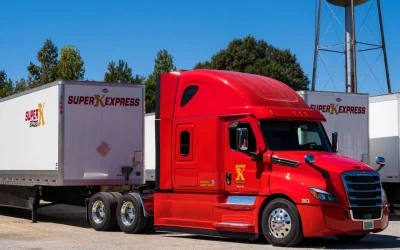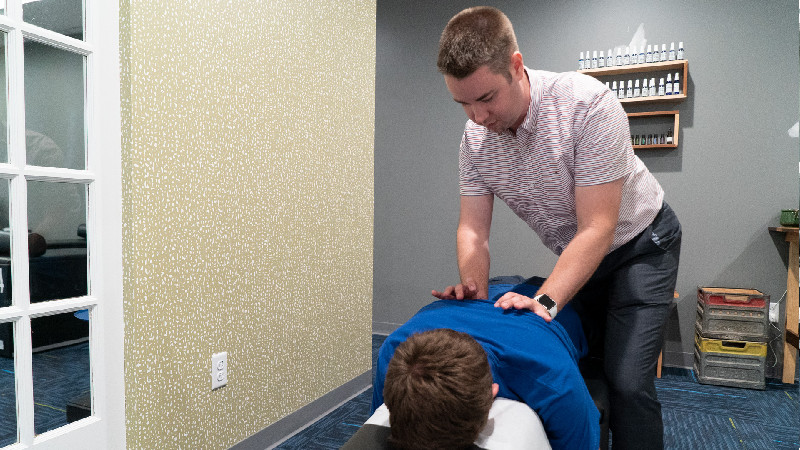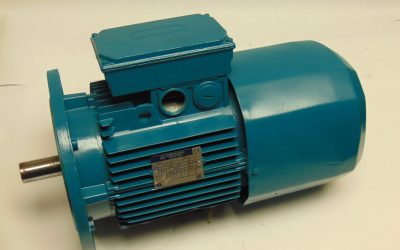In many different applications, only specific parts of a component need to be hardened. This creates a challenge as traditional hardening, or heat-treating processes will heat all or most of the part based on exposure to the heat source. Additionally, it may be important to simply heat the surface of the part or component, which is where induction hardening processes come into play.
Precise Heat Treatment
Through the use of non-contact heating by exposure to an alternating magnetic field, the interior layer just under the surface of the part or component can be heated to the desired level. The material has to be conductive for the process to work.
The depth of the generation of heat within the part or complete can be controlled by the frequency of the alternating magnetic field. Other factors will also need to be considered including the specific density of the metal in the part or component as well as the material thickness.
After the surface heating is completed to the specific time in the induction hardening process, the workpiece is quenched. This can be done in oil or water or even in specific types of polymer solutions.
The result is a transformation of the surface layer of the workpiece to a martensitic form. This will be harder and more durable than the interior of the metal without changing any of the properties for the rest of the workpiece.
When to Use the Process
With the more durable surface produced through the induction hardening process, steel alloy parts and components for automotive, machines and equipment are ideal. They have a high level of resistance to wear and tear, and they are also going to have a longer life cycle than parts that are not surface hardened.
This is also a fast process as it can be fully automated. This helps to reduce the cost per unit of production while also streamlining the process over other surface hardening options.


